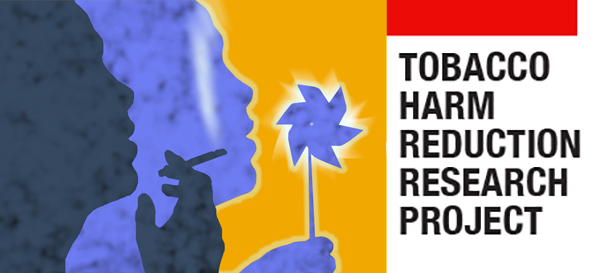
About Harm Reduction
Harm reduction generally is associated with needle exchange, a strategy successfully implemented in the early 1990s to reduce HIV transmission among intravenous drug users. The model has since broadened to a range of behaviors, including tobacco use, seatbelts and, most recently, Covid-19 social distancing.
The concept and practice of harm reduction is simple: Accept that people engage in risky behaviors and identify strategies to reduce those risks. Key principles include:
• Accept individuals as they are without demanding or requiring abstinence from a behavior
• Provide choice and options to mitigate the risks of the behavior
• Maintain a flexible, nonjudgmental approach and openness to change strategies
• When necessary, offer intensive, sustained interventions.
These principles guided our research project. Our objectives are to help people establish their own goals, provide them with counseling and aids to achieve their goals, and support them over a longer time than what most tobacco-cessation programs provide.
